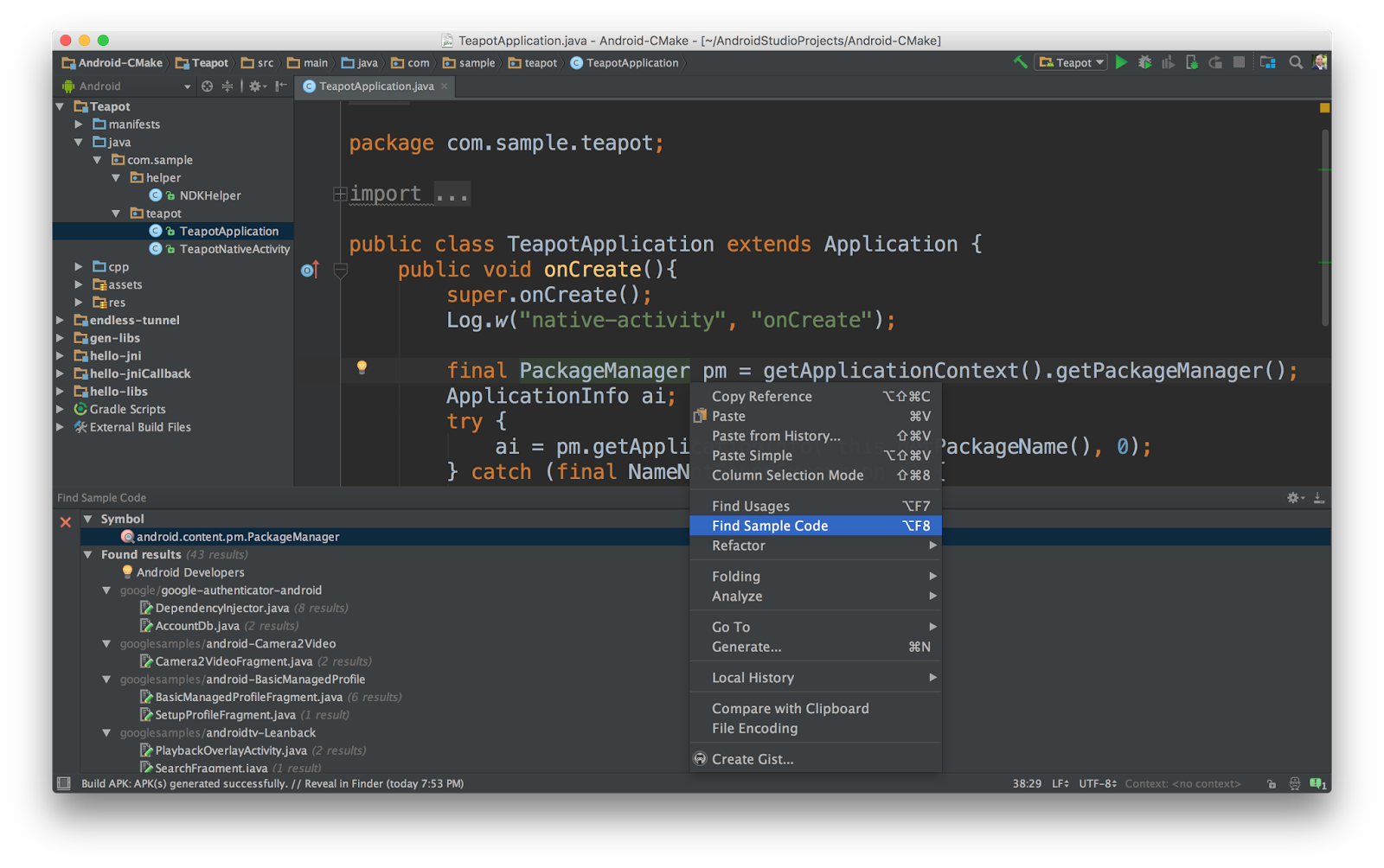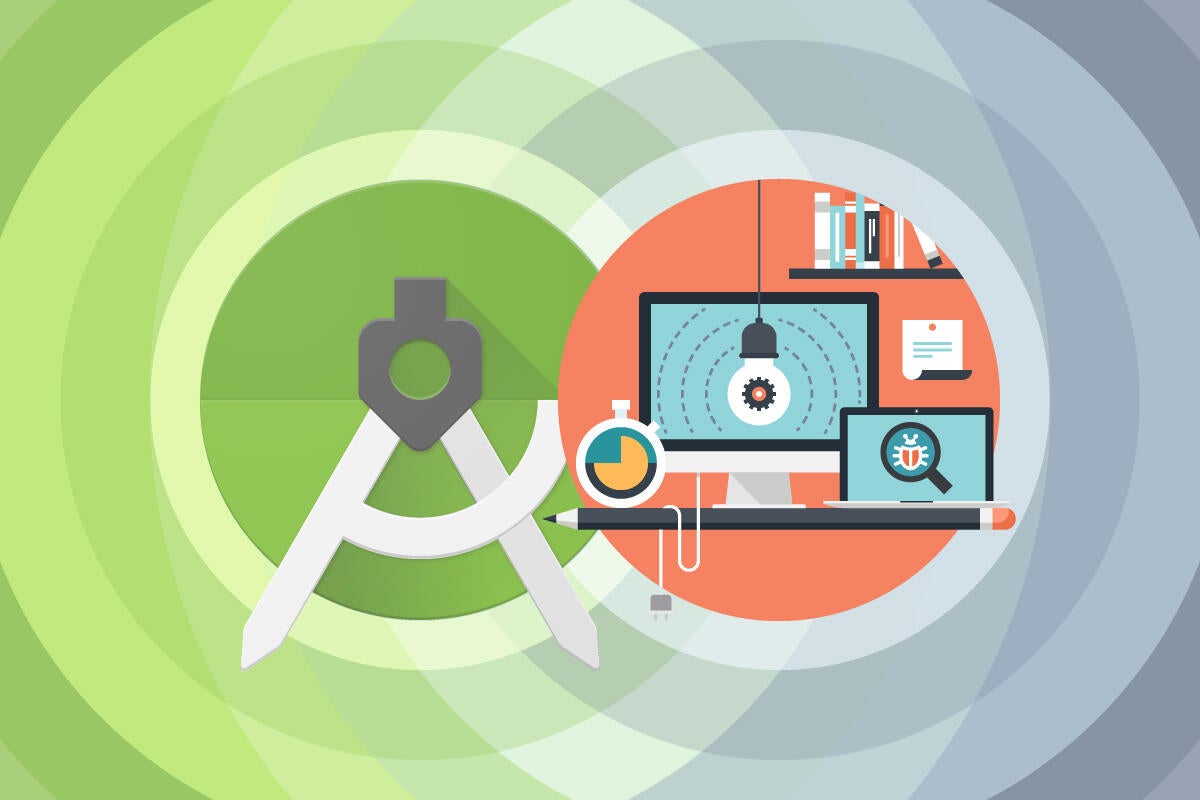
Some of these differences are quite subtle, such as the way support libraries are installed, and others, for instance, the build process and the UI design, are profoundly different.īefore taking a closer look at the IDE itself, it is a good idea to first understand what some of these important differences are. There are many ways in which Android Studio differs from other IDEs and development tools. But Android studio is the official IDE for Android studio and every android app developer should be wary of the differences between the two so that they can figure out the similarities and the differences, and see what works for them. Every developer has deadlines to meet, and getting to grips with unfamiliar software can slow them down considerably at first. Many developers develop for multiple platforms, which makes Eclipse a good choice of tool.

These include plugins to speed up build times, debug a project over Wi-Fi, and many more.ĭespite being arguably a superior tool, there are some very good reasons for having stuck with another IDE, such as Eclipse. This article is an excerpt from the book, ‘Mastering Android Studio 3’, written by Kyle Mew.īuilt for a purpose, Android Studio has attracted a growing number of third-party plugins that provide a large array of valuable functions, not available directly via the IDE. Many such tools are installed and updated independently of each other.Īndroid Studio is not the only way to develop Android apps there are other IDEs, such as Eclipse and NetBeans, and it is even possible to develop a complete app using nothing more than Notepad and the command line.

It is a collection of tools and components.

It can be downloaded, along with the Android SDK, as a single package. Android Studio is a powerful and sophisticated development environment, designed with the specific purpose of developing, testing, and packaging Android applications.


 0 kommentar(er)
0 kommentar(er)
